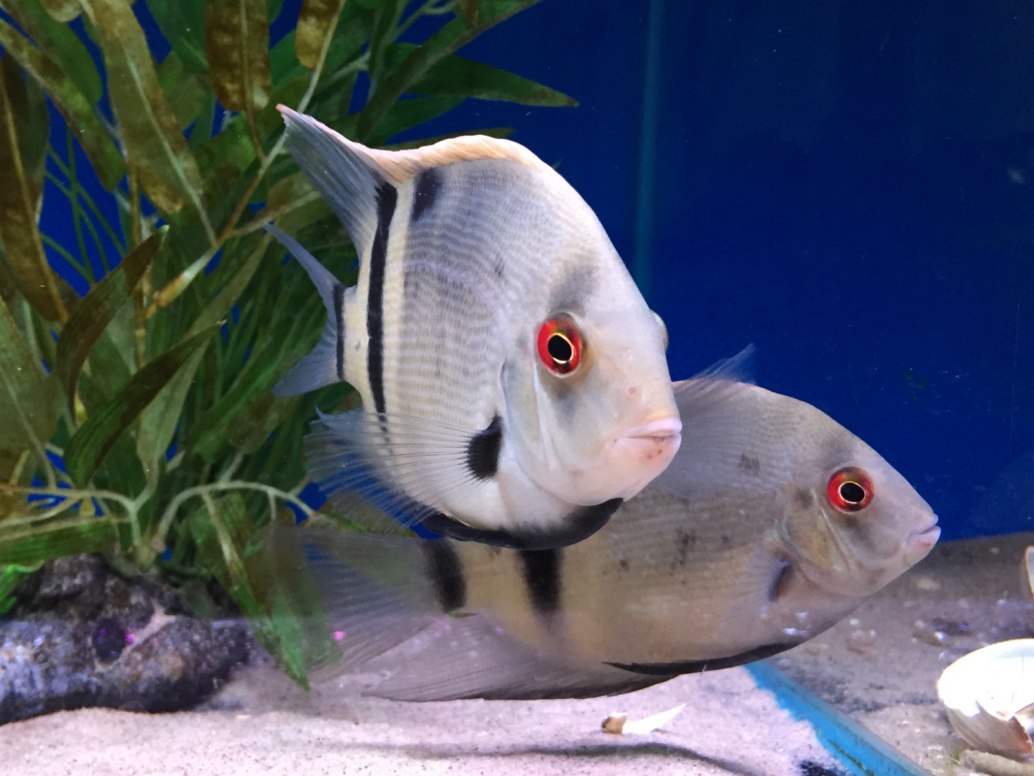My Store
PANDA UARU FERNANDEZI CICHLIDS
PANDA UARU FERNANDEZI CICHLIDS
Couldn't load pickup availability
🐼 Panda Uaru (Uaru fernandezyepezi) – Ultra-Rare, Intelligent, and Peaceful South American Royalty
The Panda Uaru Cichlid (Uaru fernandezyepezi) is one of the rarest and most coveted cichlids in the aquarium hobby. Sometimes referred to as the "Holy Grail" of South American cichlids, this species boasts a high-contrast black and cream pattern, reminiscent of a panda, with a graceful oval body shape and an intelligent, personable demeanor.
Unlike the more commonly seen Uaru amphiacanthoides, the Panda Uaru is far more elusive in the wild, found only in remote regions of Venezuela and Colombia. Known for forming strong pair bonds, this species exhibits complex social behavior and can become exceptionally interactive with keepers over time.
🐟 Species Profile:
-
Scientific Name: Uaru fernandezyepezi
-
Common Names: Panda Uaru, Black and White Uaru, Rare Uaru Cichlid
-
Adult Size: 10–12 inches
-
Temperament: Peaceful to mildly territorial during breeding
-
Tank Size: 90+ gallons recommended
-
Water Parameters: 78–84°F | pH 5.5–7.0 | Soft, slightly acidic water
-
Diet: Omnivore – vegetable-based pellets, algae wafers, blanched spinach, occasional protein like bloodworms or krill
🛠️ Tank Setup & Compatibility:
Panda Uarus thrive in:
-
Heavily planted or biotope-style aquariums
-
Soft substrate with driftwood and shaded areas
-
Low aggression, community setups with similarly peaceful tankmates
Compatible with:
-
Severums, Geophagus, Discus, Festivums
-
Peaceful plecos and larger schooling tetras
-
Best kept as a pair or peaceful group in a well-managed tank
Behavior:
-
🧠 Highly intelligent and social – will recognize their owners
-
🐟 Known to "groom" surfaces and each other
-
👨👩👧👦 Exhibit complex parenting if bred in captivity
🛒 Why Buy from RobsAquatics.com?
Each Panda Uaru is:
-
✅ Hand-selected for pattern clarity, health, and size
-
✅ Raised in soft water with a plant-heavy diet
-
✅ Shipped live with our Live Arrival Guarantee
-
✅ A centerpiece species for advanced collectors or peaceful Amazon biotopes
📦 Add one of the aquarium world’s most elite South American cichlids to your tank with the Panda Uaru – a stunning combination of rarity, intelligence, and grace. Now available at RobsAquatics.com.
Share


